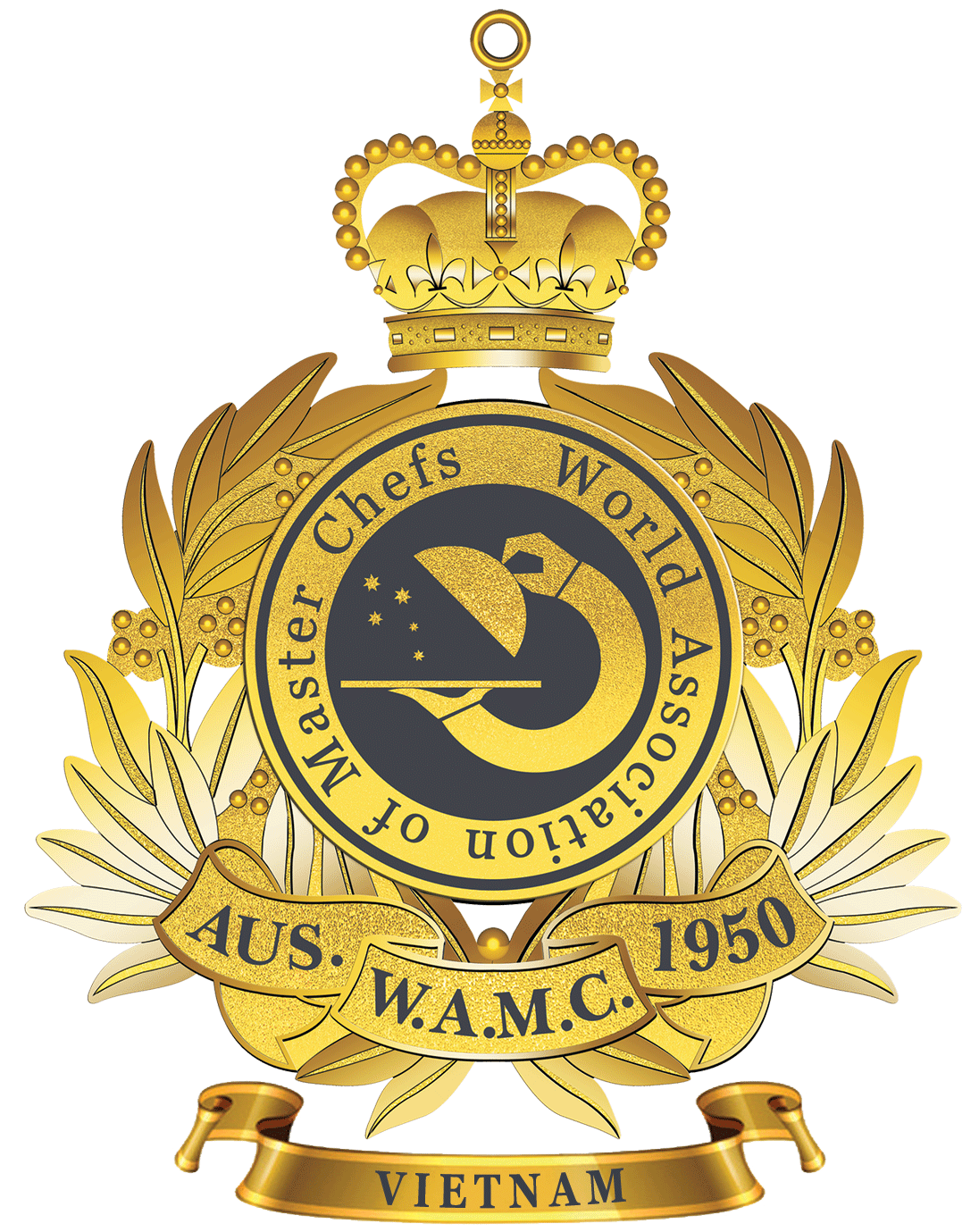
Wold Association of Master Chefs
CHINA
Teochew Cuisine: A Celebration of Lightness and Freshness 潮州菜:清淡与鲜美的盛宴
Teochew cuisine, also known as Chaozhou cuisine, originates from the Chaoshan region of eastern Guangdong Province in China.
潮州菜,又称潮汕菜,起源于中国广东省东部的潮汕地区。
It is renowned for its light, healthy flavors, reliance on fresh seafood, and unique cooking techniques such as steaming, poaching, and braising.
它以清淡健康的口味、新鲜海鲜的运用,以及蒸、汆、卤等独特的烹饪技法而闻名。
Compared with Cantonese cuisine, Teochew food often has an even subtler taste, focusing on bringing out the original flavor of ingredients with minimal seasoning.
与粤菜相比,潮州菜的口味更为清淡,注重以最少的调味来突出食材的原味。

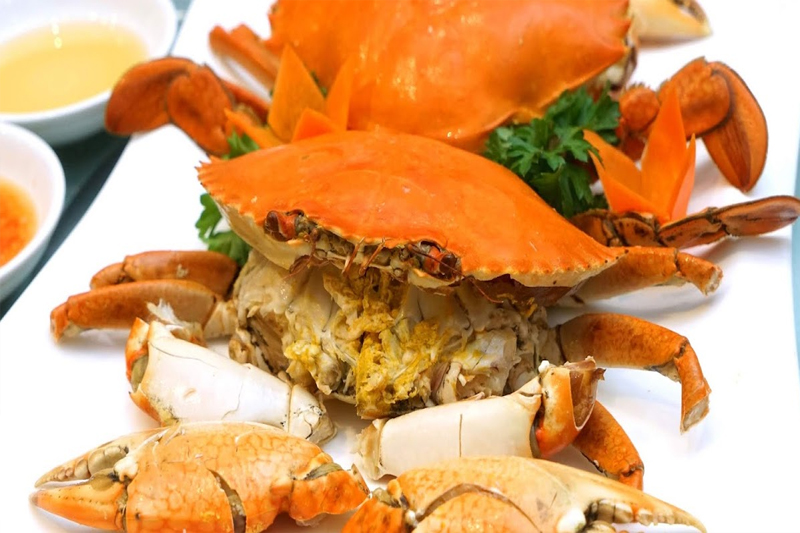
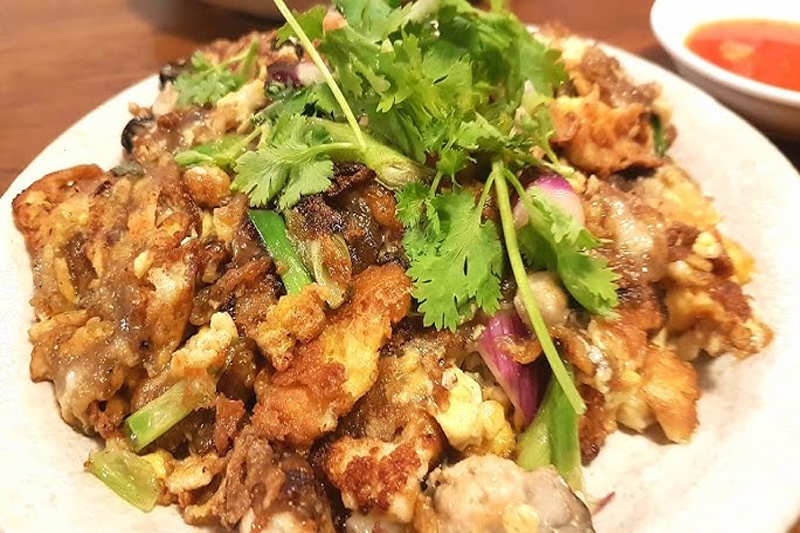
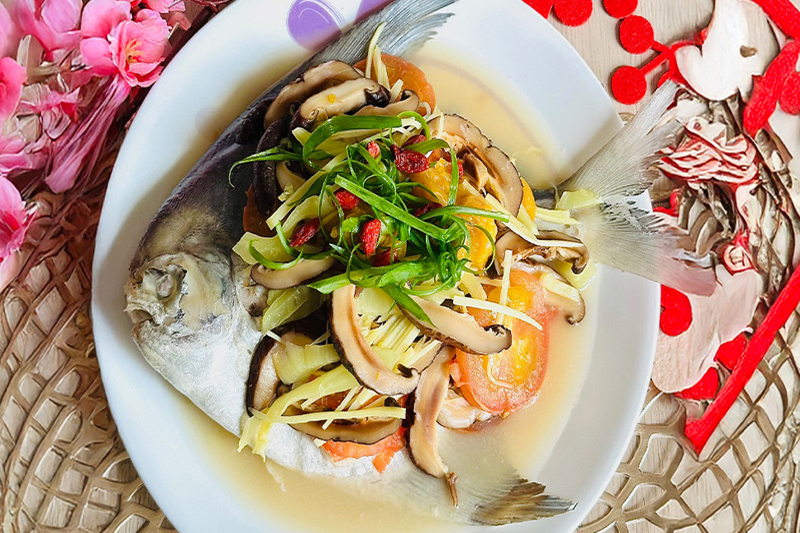
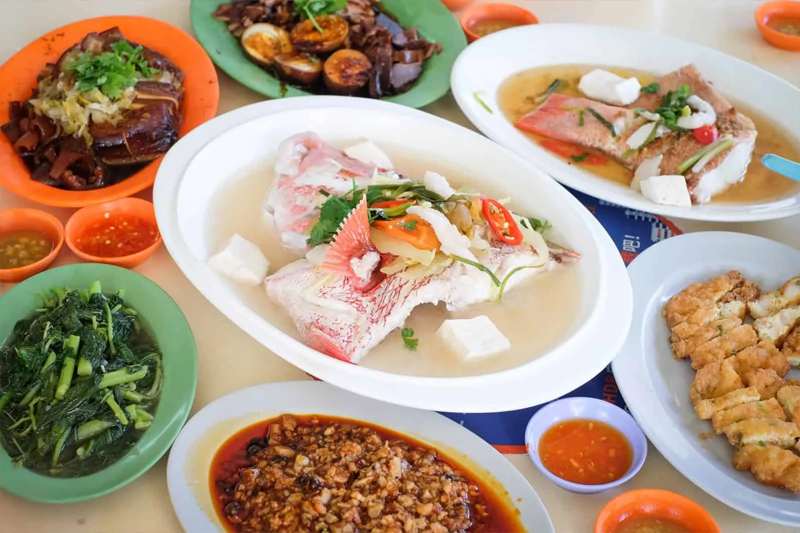
Signature Dishes of Teochew Cuisine
潮州菜的招牌菜
1. Teochew Cold Crab 潮州冻蟹
Teochew cold crab is a delicacy where fresh crabs are steamed and then chilled to preserve their natural sweetness.
潮州冻蟹是一道美味,将新鲜螃蟹蒸熟后冷却,以保持其天然的鲜甜。
The meat is firm and fragrant, often served with a light dipping sauce of vinegar and ginger.
蟹肉紧实鲜香,常搭配姜醋蘸料食用。
2. Teochew Oyster Omelette 潮州蚝烙
This famous dish combines fresh oysters with a crispy, egg-based batter.
这道名菜将新鲜生蚝与酥脆的蛋糊结合。
The Teochew version is lighter than its Taiwanese counterpart, often using potato starch for a softer texture.
潮州版本比台湾版本更清淡,常用番薯粉调和,使口感更柔软。
3. Teochew Steamed Fish 潮州蒸鱼
Steamed fish is a signature of Teochew cooking, emphasizing freshness and clarity of flavor.
蒸鱼是潮州烹饪的代表,强调新鲜与清爽的味道。
Typically, the fish is steamed with preserved mustard greens, tomatoes, and salted plums, creating a distinctive balance of savory and slightly sour notes.
鱼常与咸菜、西红柿和话梅一起蒸,形成独特的咸鲜与微酸平衡。
4. Teochew Congee (粥品) 潮州粥
Unlike Cantonese congee, which is thick and creamy, Teochew-style congee is watery and often served with a variety of small side dishes.
不同于浓稠顺滑的粤式粥,潮州粥较为清稀,通常搭配各种小菜。
These side dishes may include salted fish, peanuts, pickled vegetables, and braised meats, allowing diners to mix and match flavors.
这些小菜可能包括咸鱼、花生、腌菜和卤肉,让食客自由搭配口味。
Cooking Techniques and Philosophy
烹饪技法与理念
Teochew cuisine emphasizes simplicity and freshness, using techniques such as steaming, poaching, braising, and slow-cooking to preserve natural flavors.
潮州菜强调简约与新鲜,常用蒸、汆、卤和慢炖等技法以保留食材的天然风味。
Sauces are usually light, and chefs often rely on fish sauce, soy sauce, or natural stock rather than heavy seasonings.
酱料通常清淡,厨师多使用鱼露、生抽或天然高汤,而非浓重调味。
This approach makes Teochew cuisine especially healthy and refreshing, appealing to those who prefer lighter fare.
这种做法使潮州菜格外健康清爽,尤其受到喜爱清淡饮食人士的青睐。
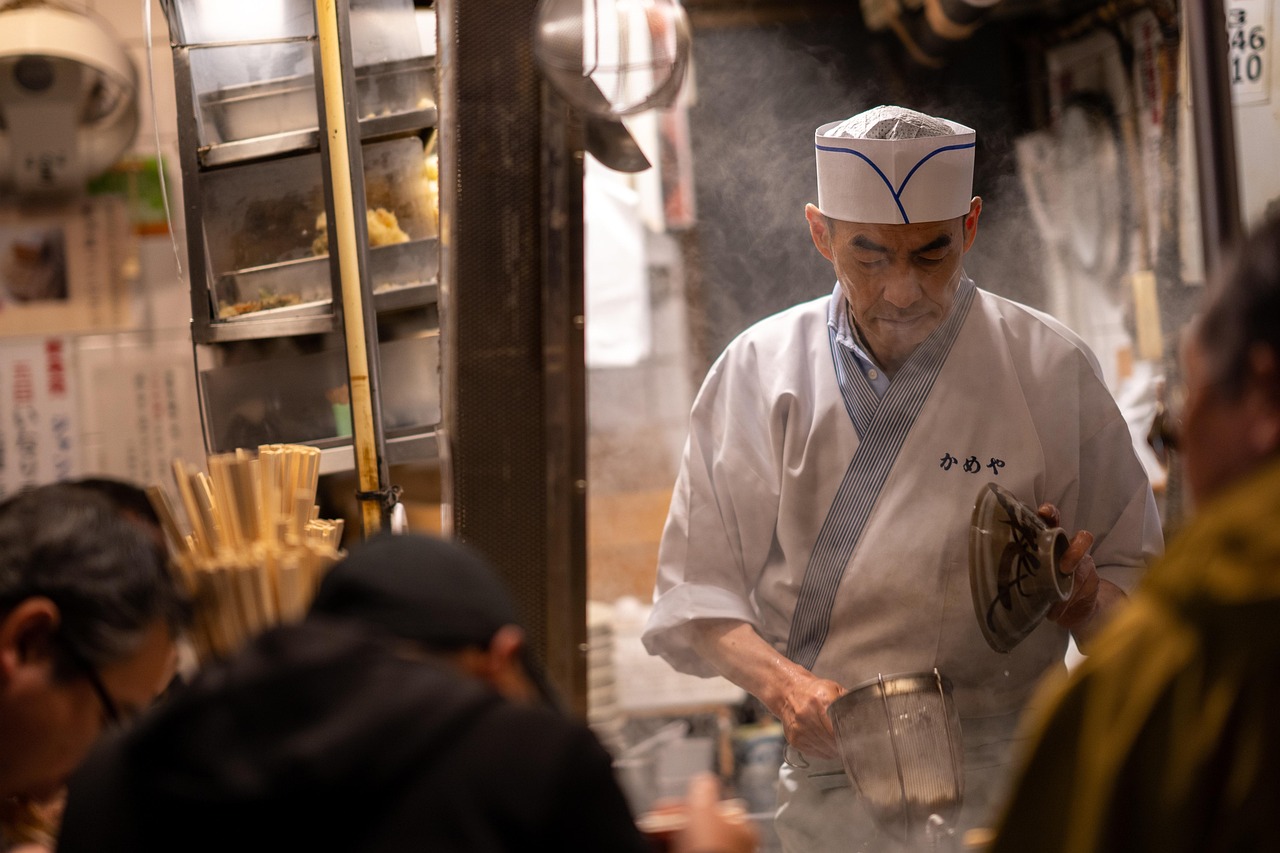

The Global Influence of Cantonese Cuisine
粤菜的全球影响
Teochew cuisine has spread widely due to the migration of Teochew people across Southeast Asia.
随着潮汕人迁徙至东南亚,潮州菜也广泛传播。
Today, it is especially popular in Thailand, Singapore, Malaysia, and Vietnam, where many local variations have developed.
如今,它在泰国、新加坡、马来西亚和越南尤其流行,并发展出许多地方特色。
The cuisine’s emphasis on freshness and balance continues to influence the wider world of Chinese and Southeast Asian cooking.
潮州菜对新鲜与平衡的重视,持续影响着更广泛的中餐与东南亚饮食。
Teochew cuisine embodies a philosophy of lightness, freshness, and respect for natural ingredients.
潮州菜体现了清淡、新鲜以及对天然食材的尊重。
Its signature dishes, from cold crab to steamed fish and delicate congee, reflect the artistry of letting ingredients speak for themselves.
从冻蟹到蒸鱼,再到清粥小菜,其招牌菜展现了让食材“自己说话”的艺术。
With its spread across Southeast Asia and beyond, Teochew cuisine has become a cultural and culinary treasure that bridges tradition and modernity.
随着其传播至东南亚及更远地区,潮州菜已成为连接传统与现代的文化与美食瑰宝。
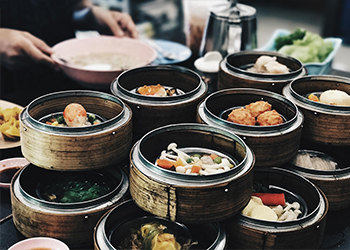
Known for its fresh ingredients and delicate flavors, Cantonese cuisine is a cornerstone of the Great Bay Area’s culinary identity. Signature dishes include dim sum, roasted meats, and seafood.
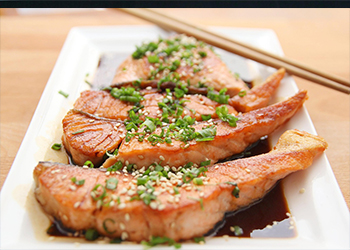
Teochew cuisine is celebrated for its light and healthy dishes, often featuring seafood and fresh vegetables. Its unique flavors are achieved through steaming and poaching techniques.
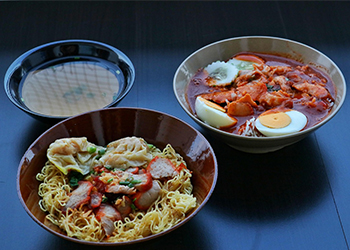
Hakka cuisine is characterized by its hearty and robust flavors, with an emphasis on preserved ingredients and slow-cooked dishes. It offers a comforting taste of tradition.